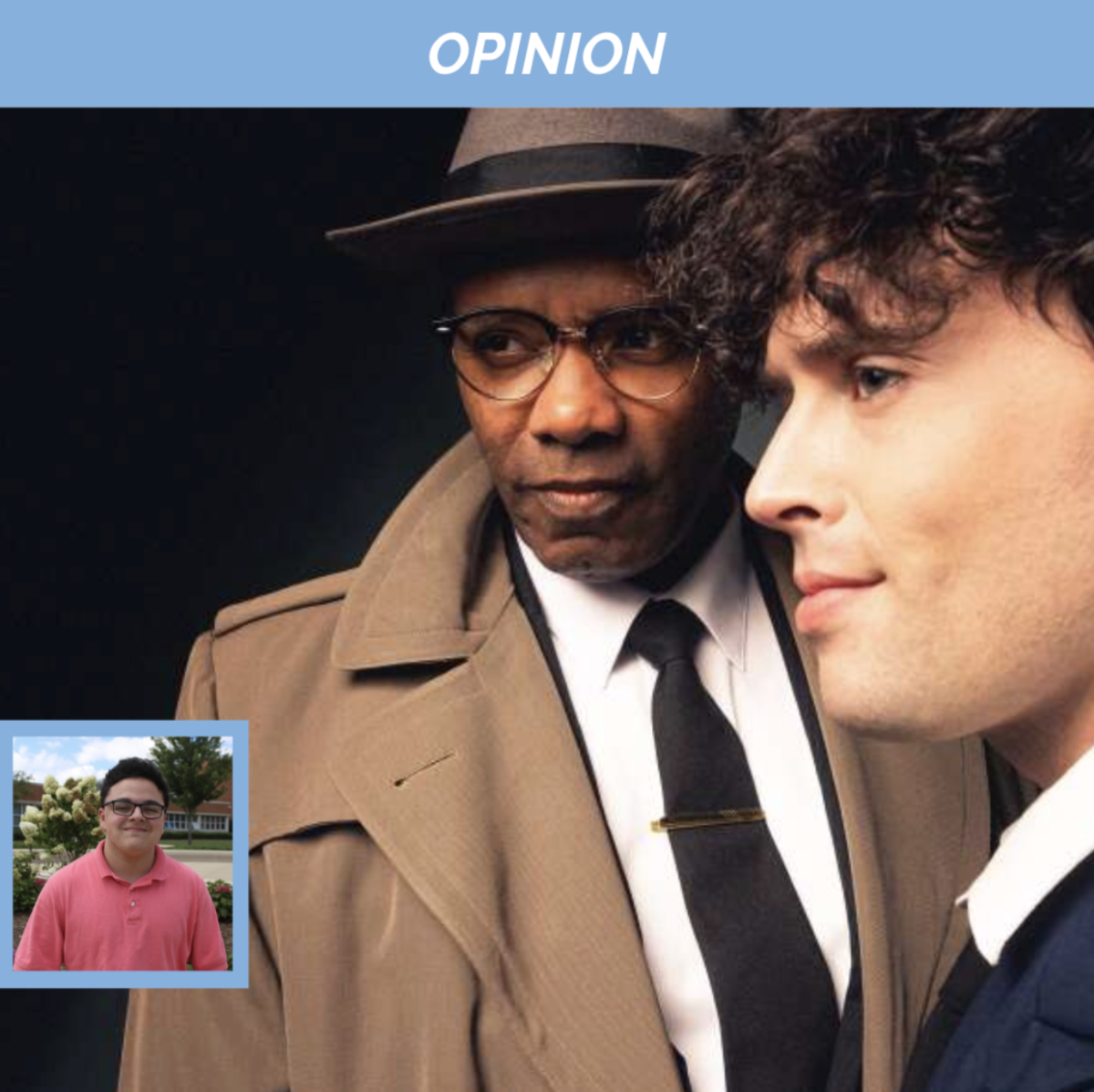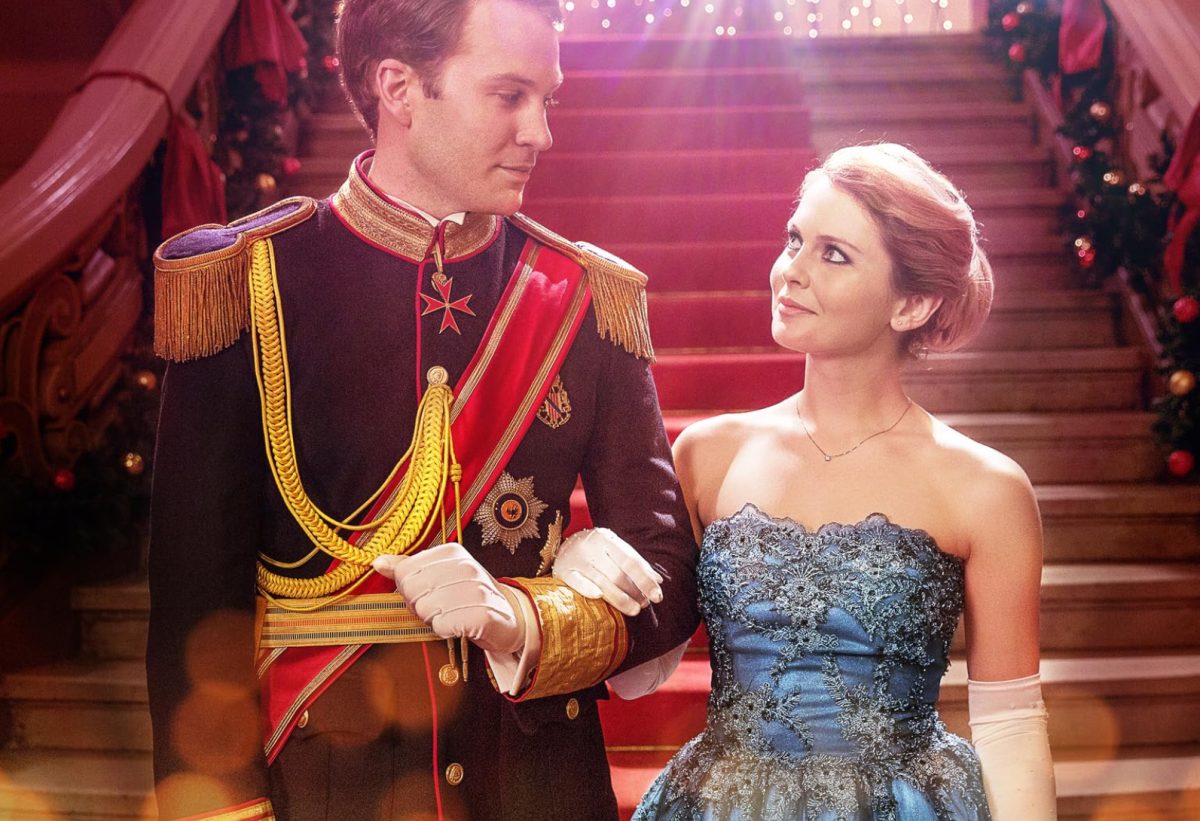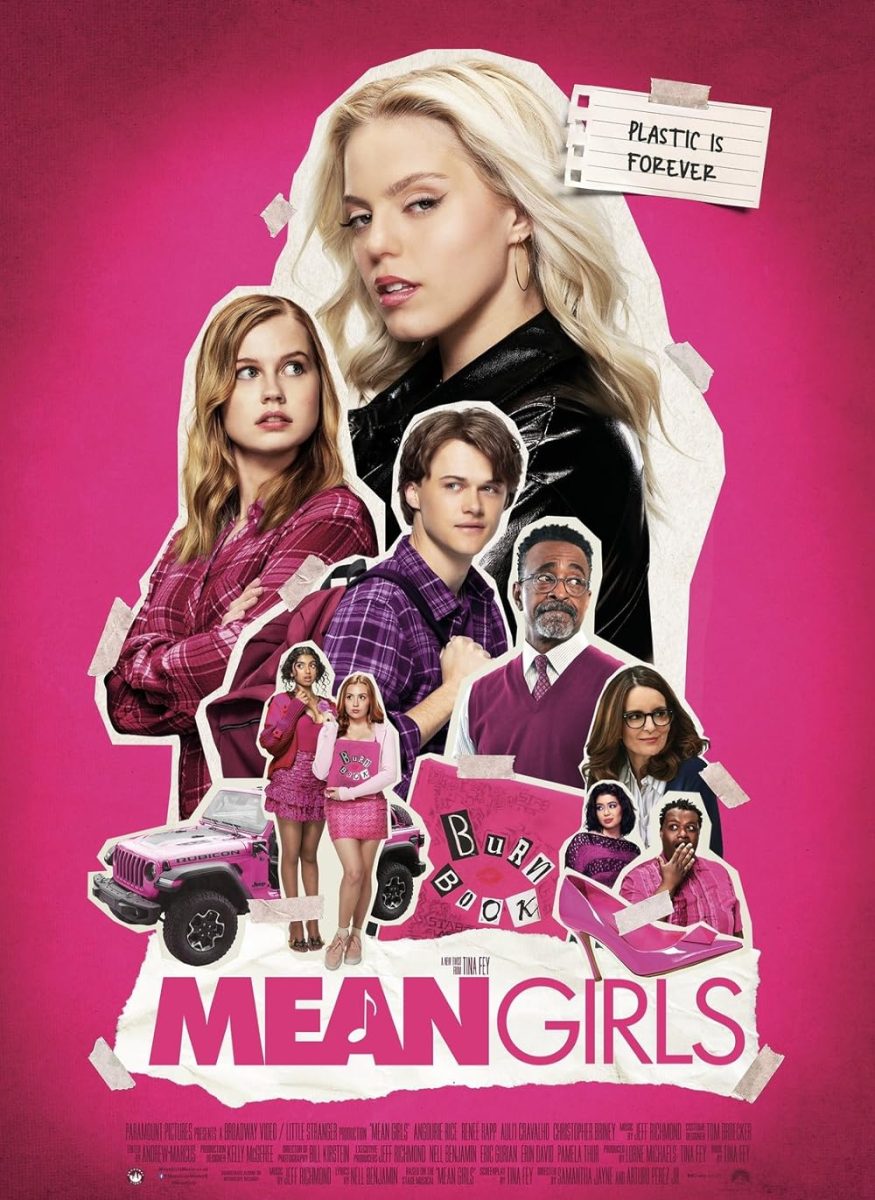A Christmas Prince is so cheesy it would send a lactose-intolerant person into anaphylactic shock. The representation was dubious. The cinematography was about as bland as expired milk. The romance was trite and the characters were cardboard-level flat.
And I loved every second of it.
A Christmas Prince may not be a good movie. It’s barely even a decent one. But its writers and directors hit on that sweet spot, that double rainbow, so rare I feel lucky to see it— A Christmas Prince is so unbelievably bad, it’s good.
A Christmas Prince follows struggling New York journalist Amber Moore as she takes on a story about the “playboy” future king of Aldovia, Prince Richard. (Aldovia, a small, snowy, fictional European nation where they all have British accents… for some reason.) But when she gets to the pathetically miniscule castle, the prince doesn’t show up to his press conference as promised! Horror upon horrors!
Luckily, Amber is a Strong Female Character™. Determined to get her lead, she sneaks inside the castle and finds a guard, who promptly assumes she is the young princess’s new tutor (looks like the royals decided to skimp on security).
The staff leads Amber upstairs to meet the three royals: Queen Helena, Princess Emily, and the rebellious Prince Richard himself— sporting a scraggly beard to hide from the press, and incredibly enough, revealed to be the same jerk she yelled at when he stole her cab that morning (swoon).
Shenanigans ensue from there. Amber must pose as Princess Emily’s tutor while hiding her true identity as a reporter. Not to mention reconcile her dishonesty with her— gasp! — feelings for the prince, and the growing sensation that he feels the same.
Aided only by her token Black best friend, her flamboyant gay best friend, and her diner-cook dad whom she calls “Pop” (how quaint), will Amber manage to keep her secret and win Prince Richard’s heart? And will Prince Richard fight off his ex-girlfriend and sniveling cousin looking to snatch up the throne in time for his coronation at the Christmas Eve Ball?

One of the biggest— and most hilarious— issues is characterization. For example, despite the in-universe tabloid descriptions of him as a notorious pampered playboy, Ben Lamb’s Prince Richard has the sexuality of an unseasoned breadstick.
It is hard to believe any magazine reader, even the most bored of suburban housewives, would believe for even a second that this man has ever looked into a woman’s eyes. Watching his stiff side part and blank facial expressions, I couldn’t help retrieving fond memories of childhood playing with LEGO bricks.
One of the first things Richard does is explain to Amber that the tabloids have him wrong. He’s not really an irresponsible womanizer, he claims. This makes Amber adore him. But personally, the movie would actually have a shot at being decent if he was an arrogant lady killer. At least it would give Prince Richard a personality trait besides liking kids and playing piano.
Then there’s Princess Emily, played by Honor Kneafsey— who is not disabled, but playing a wheelchair-using character. (Ah, positive representation. Not like disability rights activists have been saying to use disabled actors for disabled characters for years or anything.) In the first minutes of her presence, Emily is a mischievous scamp who chased out her last tutor by putting mice in her bed. But in literally their FIRST TUTORING SESSION, Amber wins her over.
How, you ask?
After putting a mouse on Amber’s chair, Emily suddenly wheels herself to the window and gazes at her vast palace courtyard as sad music plays in the background. She reveals that she has spina bifida, for which there is no cure, which is why she uses a wheelchair.
Emily says people always see her as broken or don’t pity her for her disability because of her wealth and status. And then Amber says possibly the worst thing she could say in this situation.
She calls Emily “brave” and “inspirational.”
Not calling disabled people “inspirational” is the first rule in the book of common decency. But instead of doing the logical thing— sending Amber to the guillotine— Emily smiles and immediately takes a liking to her.
True, Princess Emily shines throughout the movie as a kind, witty, and precocious child, but her split-second full 180 towards Amber is completely unrealistic.
After checking off the “disabled kid” box, writers moved on to “people of color” and “the gays”. In order to fill these bare minimum requirements while still keeping those “woke” characters as off-screen as possible, they gave Amber a Black girl best friend and a gay man best friend in her job, The Now Beat.
No, they do not have personalities.
No, they don’t get personal lives.
All they do is give advice to Amber through a few video calls, only appearing in person in two scenes. The first, near the beginning, includes a Generic Gay Best Friend giggling at a picture of Prince Richard and saying “Oh honey, he’s a 12.” (No, Generic Gay Best Friend. No, he is not.)

Amber, our protagonist, isn’t much different. She’s your classic Hallmark movie girl— kind but misguided, makes incredibly stupid decisions, and klutzy but all the characters love her.
Do you see the pattern here? The characters are so flat, I could use them as bookmarks. But that’s what makes it fun.
When watching it, we didn’t laugh at the one-liners. We laughed at the castle the size of a hotel, the animated “wolves” that were clearly badly edited huskies, the cartoonishly evil villains, the plot twist, and the subsequent scenes so unrealistic they made the concept of suspension of disbelief fall to the ground in tears.
Tears— that is, tears of laughter. The scenes that were supposed to be sentimental were just funny.
That’s why A Christmas Prince is good in a terrible way. Even though it’s no Casablanca (and would make Michael Curtiz start discoing in his grave), it fulfills exactly its intended niche: a mindless, corny, feel-good Netflix Christmas romance movie with a royal twist.
True, it’s been done before. It will be done again. But the unique combination of bland humor, one-dimensional characters, and over-exaggerated “sad” and “scary” scenes to the point of laughter creates an equally unique holiday experience of comedy. (Albeit at the writers’, directors’, and actors’ expense.) When my dad walked in on my sister and me watching this movie, he found himself emotionally invested and laughing along with us instead of playing Donkey Kong.
A Christmas Prince has two sequels, rated 5.3 and 5.4 on IMDb. They promise to be even worse than the first. And I can’t wait until next Christmas when I can watch them all again.



















































































Lynn • Apr 19, 2025 at 6:30 pm
I loved all of them and watch them more than once. I must disagree with the “critic” of these films as I feel we need more “feelgood” movies in order to balance the over-acted beat everyone up and use vulgar words in order to make the movie stand out.